That sounds a sorry scenario to anyone with a love of cars as individual pieces of engineering expression, but the building blocks are there.
Last year, Audi and Bentley revealed their jointly designed V8 engine, a 4.0-litre, twin-turbo unit with myriad efficiency-improving features, including the ability to run as a V4 when not working hard. (It does this by sliding the other four cylinders' camshaft lobes away from the valves they would otherwise actuate.) This engine has appeared in the Bentley Continental with 500bhp, where it has proved rather more pleasing than the 6.0-litre W12 it convincingly upstages, and in the Audi S8 with 520bhp.
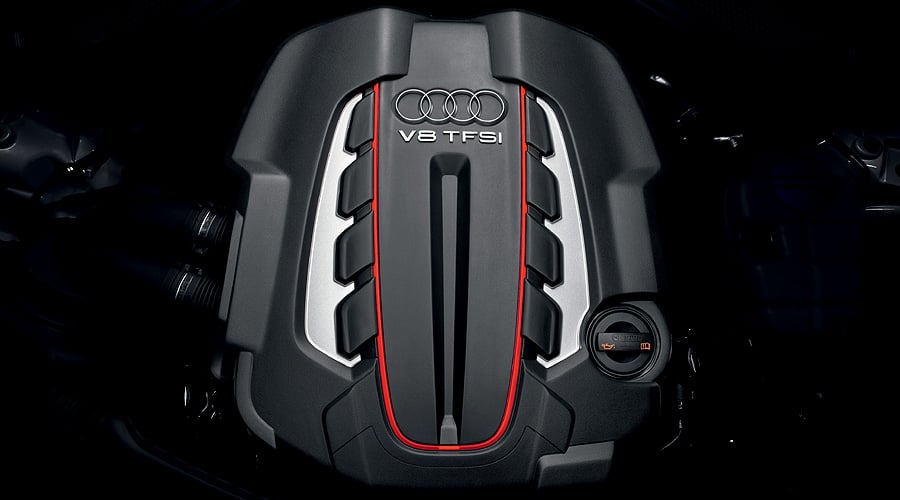
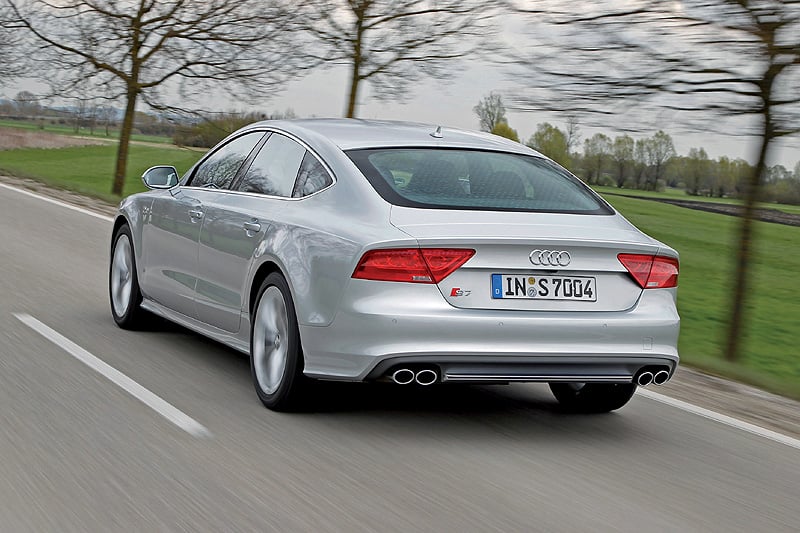
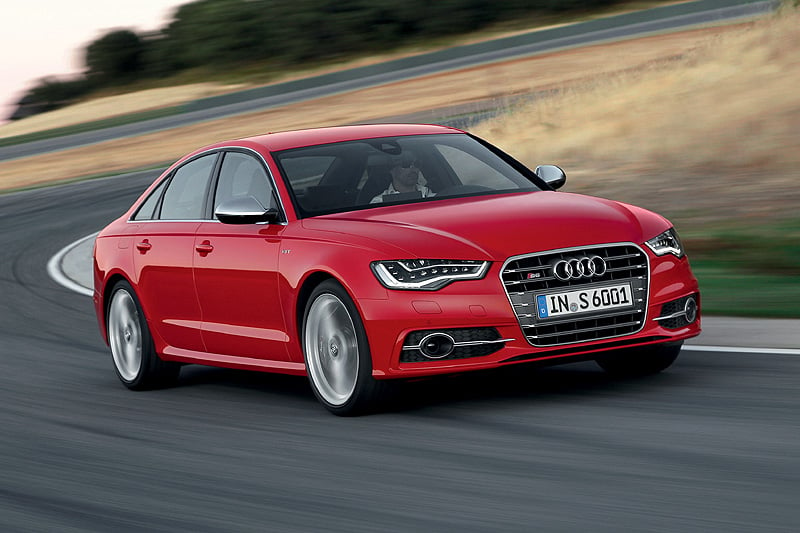
Earlier last year, Audi launched an all-new A6 which, despite being all-new, looked remarkably like the previous one. That previous A6 range included S6 and RS6 models powered by versions of the V10 engine found also in the Audi R8 and its under-skin relative, the Lamborghini Gallardo. Such normally aspirated extravagance sits ill with the latest crop of executive cars, however, in which efficiently turbocharged downsizing is now the mantra. So there's no V10 for the new S6 you see here. Instead it has the new V8 engine, in 420bhp guise. It's a small conceptual leap to imagine this engine in a future Gallardo: we shall see.
As well as new S6s in saloon and Avant estate guise, there is also a new S7 which is the same thing under its five-door hatchback skin – a skin which, in all three cars, uses aluminium for the doors, bootlid/tailgate, bonnet and front wings. Not that the result is especially light with all three cars, astonishingly, weighing close to two tonnes. S-specific grilles, tailpipes and 19in wheels set the fast newcomers apart visually from their gentler siblings, and of course the engine's efforts go to all four wheels after passing through a seven-speed, double-clutch gearbox.
The four-wheel drive system nominally channels 60 per cent of torque to the rear wheels, rising to an 80 per cent maximum should the front wheels nibble at their tractive limits. An electronic rear 'Sports' differential is optional, which diverts torque to the rear wheel with more grip. 'Dynamic Steering' is another option, which speeds up the steering response the further the steering wheel is turned.
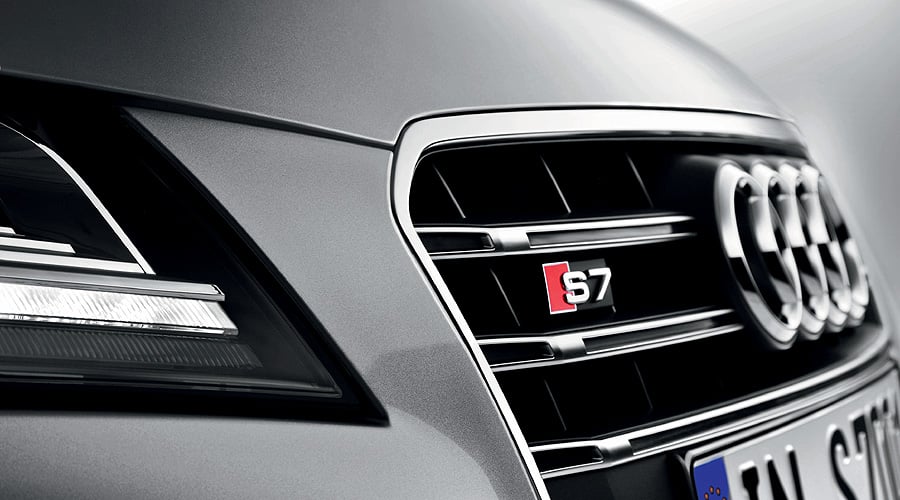
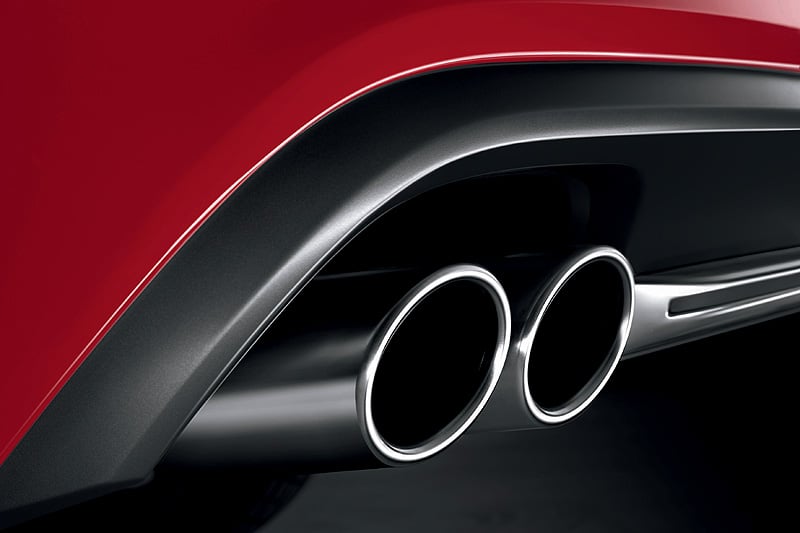
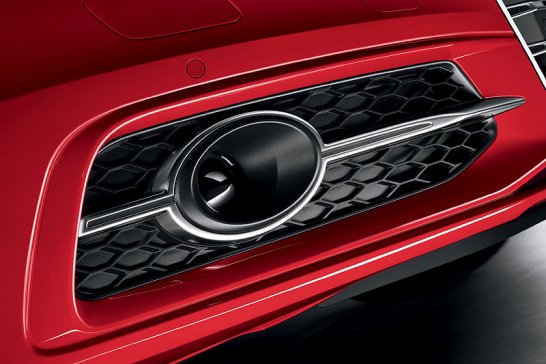
The sensitivity and settings of both pieces of cleverness can be massaged in the DriveSelect menu of dynamic parameters, which as standard covers the stiffness of the air springs' adaptive dampers, the steering weight, the engine and gearbox's responsiveness and even the engine's sound level. As usual, there are Efficient, Comfort, Auto, Dynamic and Individual clusters of settings, the last of these allowing you to tailor each parameter separately. Somewhere within the maze should be an optimum S6 or S7; our challenge is to find it.
Inside, the hard trim can be of carbonfibre, aluminium, wood or thin wood-planks with aluminium strips between them. The centre panels of the leather seats have a diamond-quilted pattern just like those of a Bentley with the optional Mulliner pack, which is a bit too much of a coincidence. All is beautifully created and assembled, as you would expect.
So we have 420bhp, 406lb ft of torque and a claimed 0-62mph time of 4.6 or 4.7 seconds, the cars with tailgates forcing you to wait that frustrating extra tenth. They also manage, if being driven with the feather foot mimicked in the official Combined test cycle, to score over 29mpg. The S6 saloon and the S7 scrape below the gas-guzzler tax limit with a 225g/km CO2 score but the Avant does 226, which even someone wealthy enough to spend £56,050 (before plundering Audi's famously expensive options list) might find annoying.
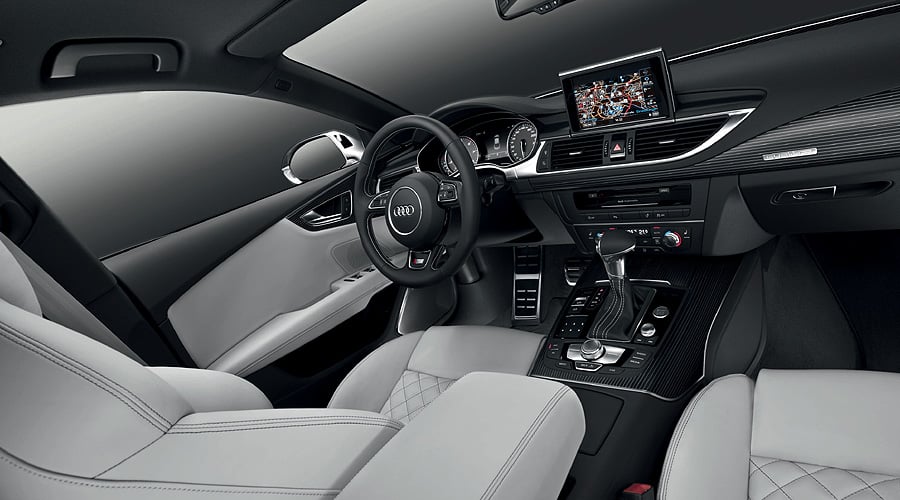
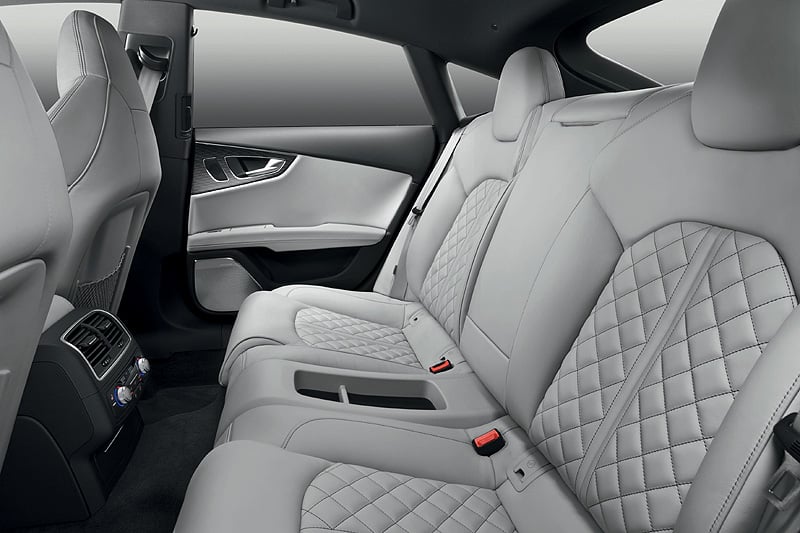
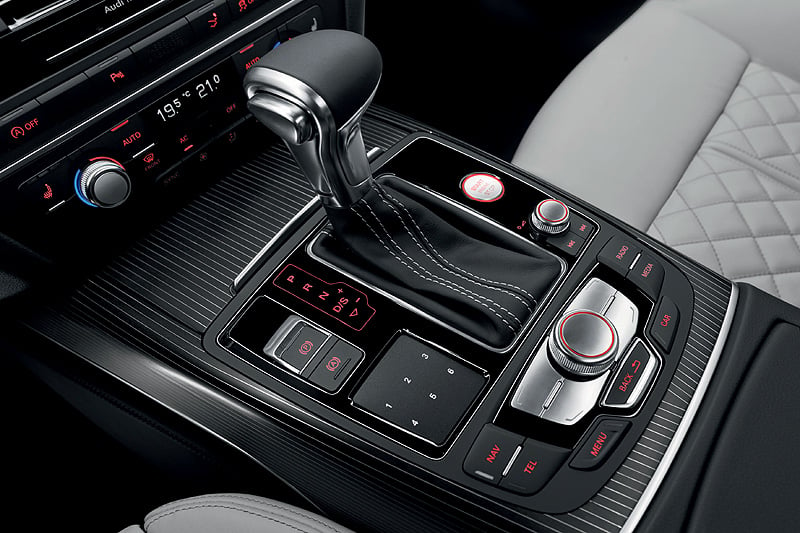
Compare it with the Bentley with its own version of the engine. There is no sound synthesis here, nor active engine mounts; the Bentley's engine sounds more natural, more complex, more characterful, and it feels no less smooth when ambling. So when I try an S7 I expect no more thrills than the S6 Avant has just offered. Curious to report, the S7 proves rather more engaging.
The saloon is yours for £53,995 but the S7 demands an extra £8000 for the privilege of owning a car which doesn't look almost exactly the same as every other mainstream Audi. Instead it looks like an S5 Sportback which has been parked a little nearer, but the sharp edges of the fastback tail do impart a welcome edginess. There's even a hint of 1970s Audi 100 Coupé here.
With such power and pace, a thrilling drive is surely guaranteed. I begin with an S6 Avant, lacking the trick diff and speedy steering, and thrills were curiously absent. It's fast, of course, and the double-clutch gearbox is typically smooth yet responsive with just a few odd clonks in the drivetrain to cloud the picture, but the overriding impression is of a hefty, unwieldy car which needs a lot of road space if it is to be exercised properly. It rides nicely, even in Dynamic mode, but you sense you are driving the high-tech interfaces rather than the car itself. This is the most true of the engine, which has active engine mounts to counteract possible roughness in V4 mode and whose note, by the time it reaches your ears, has been modified by noise-cancelling, out-of-phase contributions from the stereo system.
All that's left is a kind of digitally enhanced, idealised facsimile of what Audi would like you to hear, an approach which has been applied to most of the car/driver interfaces. Trying to discover the real S6 that lies beneath seems to be impossible; there's no sense of a natural sweet spot in the various settings, and no personality. And that means the S6 never draws you in, never invites you to explore its depths. You're just a rapid-transit chauffeur.
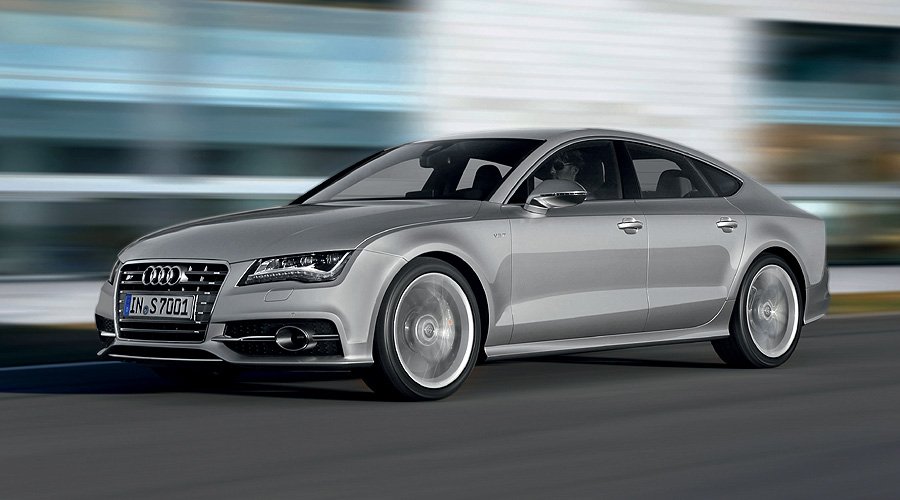
Why? The steering, mainly, which for some reason outside the precise parameters of platform commonality feels crisper, more communicative, more connected. The result is a wieldier Audi which invites exploration of its abilities, including a welcome degree of gentle power oversteer as it leans hard on its outside rear wheel. This is quite fun. I like this car.
Audi's engineers will surely be baffled by the difference, but it's there. So I try a third combination, an S6 saloon with the Sports differential and Dynamic Steering. It's different again, more throttle-steerable than the Avant, unsettlingly and artificially darty in its steering response. 'Dynamic', it seems, doesn't always improve dynamics.
No question, then, that of the three new Audis I drove the S7 was the best to drive, even if it isn't necessarily meant to be that way. Charging an extra £8000 for a fastback five-door, four-seat body and a slightly different dashboard smacks of profiteering, but you could view it as a lower-cost alternative to an Aston Martin Rapide and feel much better. The S6, meanwhile, somehow manages to top its class for power-per-pound value. But I'd rather have a Jaguar XFR – warm, organic and properly communicative – than any of them.
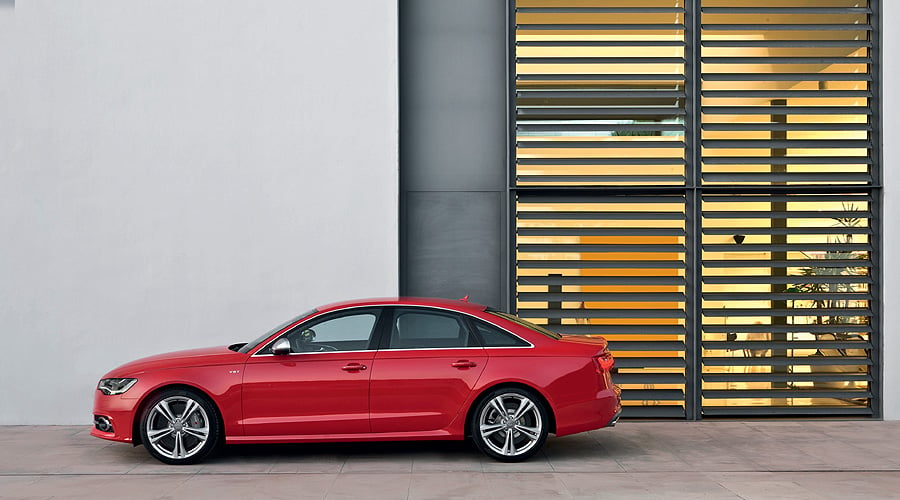
Photos: Audi












